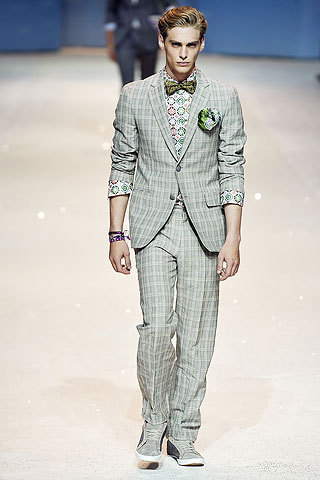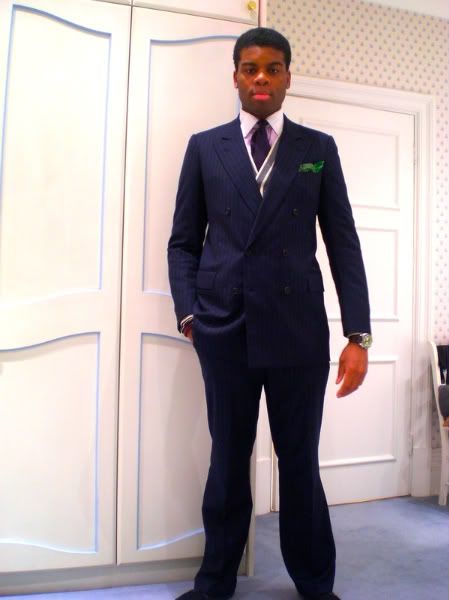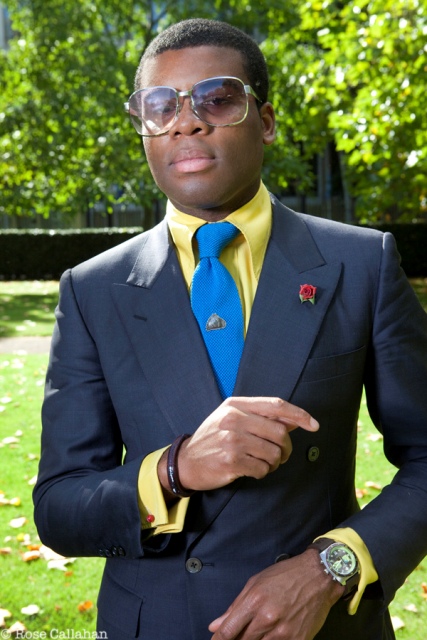I don’t know about you, but I am getting
older
Tastes shift, body parts misalign, hormones
may mellow. The rebel often becomes the classicist. Mick Jagger has a
knighthood (and he’s far from the only offbeat example). I don’t dress in the
same excitable, though somewhat haphazard fashion I once did in my 20s. Nothing
is truly set in stone. Even traditions
Traditions need to reinvent themselves –
where necessary – to stay relevant;
often, someone with a love for such things does this themselves. In this
milieu, it was the modernisers, modernists and mods that made suiting a
desirable thing to the young in the 1950s and 1960s; the likes of Michael Fish,
Tommy Nutter, Edward Sexton and Antony Price in the 1960s and 1970s that
catered to a flamboyantly refined rebel; Giorgio Armani imbuing suits with a
certain relaxed loucheness in the 1980s and Hedi Slimane veering deftly from
luxurious, aristocratic minimalism in the late 1990s to tight insouciance in
the ensuing decade. Simply put: suiting always finds a way to stay interesting;
often even the most interesting form of menswear available
Canali, who approached me to review their
upcoming spring/summer collection, are normally viewed by the online
cognoscenti as stalwart traditionalists, albeit with a signature Italian flair.
Message board mavens have mused over their cuts and craft, whilst wondering how
many sprezzatura points their patronage will earn them when prepping their next
What I’m Wearing Today home shot-editorial. I like to think of Canali in the
vein of tradition refiners. They don’t seek to reinvent the wheel; rather, they
evolve carefully with the times or reprise adventurous ideas that worked and
could easily become part of a canon
One of the best reasons to buy into
Italian-made clothing products is the sheer range of great fabrics on offer, an
area this collection does very well in. Given its seasonal aims, cotton, linen
and lighter woven wool are naturally present and correct; however, in keeping
with the Italian bravura approach, standard items are rendered in upscale,
inventive versions of stalwart materials. I look to the suits and separates
made from malfile cotton, a normally rougher looking material suddenly evolved
into a refined, natural graphite version of itself. Or the subtlety of the
reversible pique jacket that enables the wearer to hint at the bold geometric
print of its cotton-silk side when worn as its leather self. Or the neckscarves
that make one want to periodically run their fingers along them
And that’s to say nothing of the overall
tailoring. Canali can be relied upon to cut clothing and cut it well. And given
the season, it’s also cut for comfort, resulting in an appealing paradox of
formal looks that are nevertheless aimed at the nearest party (how’s that for
an Italian tradition?). Jagger would be very tempted. Perhaps you may be,
too


































































